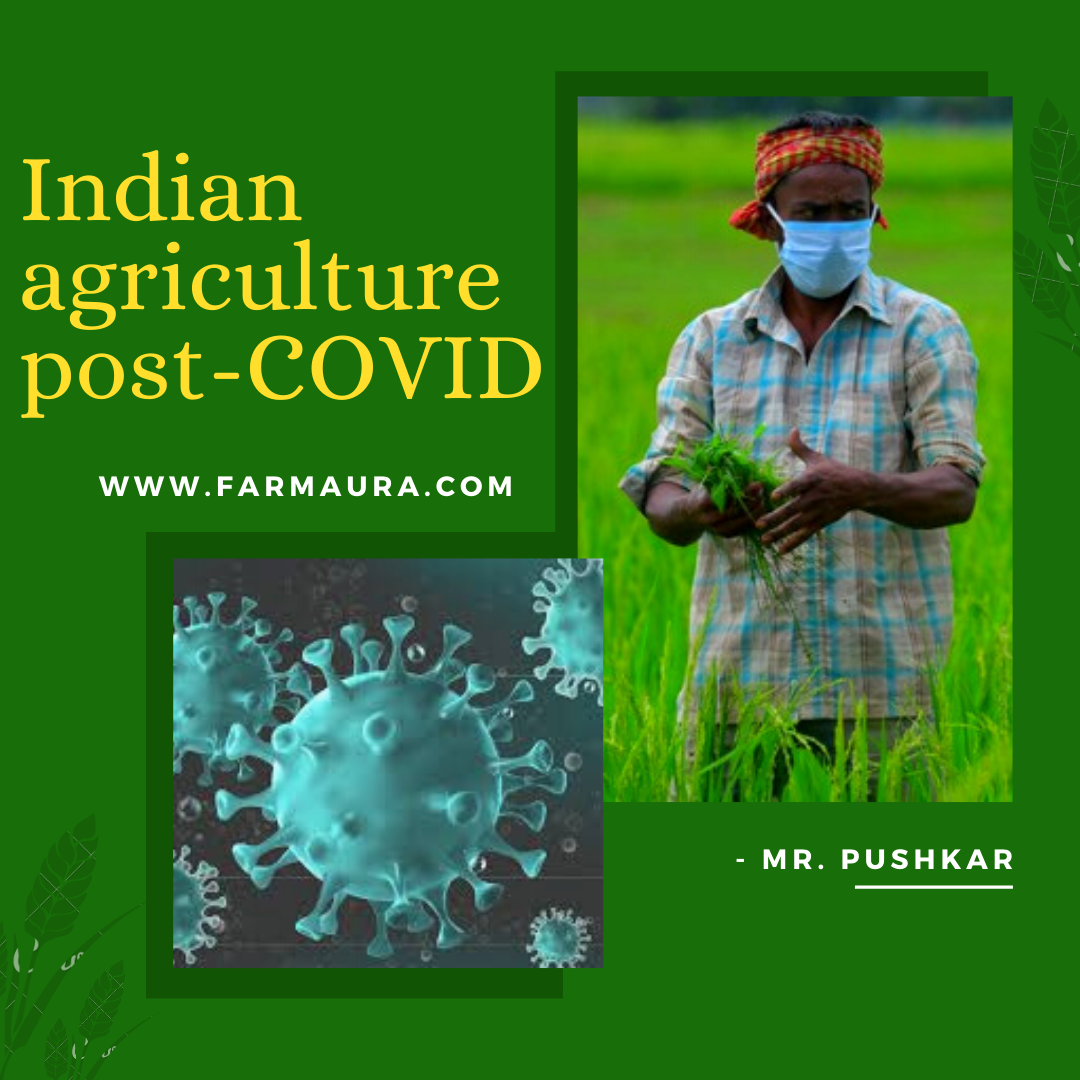
Millions of agricultural labourers are currently under stress due to the ongoing lockdown which has led to a loss in income, loss of jobs for migrant labour and a disruption in the supply chain. As we know 70 per cent of India’s population lives in rural areas, which comprises more than 700 million people constituting a marginalised section of society. To achieve food security, both food availability and universal access is vital. Currently, India has enough food grain in its buffer stocks with about 60 mt (million tonnes) of rice and wheat, on top of it, production of food grains this year is likely to reach record 292 mt coupled with bumper production of horticultural crops (313 mt), indicating a comfortable position in food availability.
The meteorological department forecasted that the coming monsoon will have increased rainfall. If the supply-demand situation stays constant, demand for export commodities like cotton and other cash crops may likely decline but imported commodities (like oilseeds and pulses) may increase as their imports may be affected by supply chain disruptions under the post-COVID situation.
Although there is no food shortage, food access at affordable prices for vulnerable sections of society depends not only on food availability but also moving food from production centres to consumers and enhancing purchasing power through employment and income-generating activities.
Most of the Rabi crops are already harvested but some commodity prices declined due to lack of marketing. Some state governments are proactive in procuring food grains, especially paddy and wheat but for some other commodities like oilseeds, pulses and perishable commodities like vegetables and fruits, marketing is a problem. The e-commerce companies functioning in the agricultural sector can play a vital role in these circumstances. The input needs of the farmers are met effectually through e-commerce. For instance, annual FMCG consumption in rural areas was around Rs 2 lakh crore and is projected to reach Rs 8 lakh crore by 2025. These e-commerce players can bring the inputs and other essential commodities to the rural households at their doorsteps which has been disinfected at the warehouse level. It is equally important to encourage MSME and SME’s to take up alternate income and employment generating activities. In the coming year, the rural sector will drive massive consumption across all categories, while the urban demand will subdue. Setting supply chains right Agricultural production is not affected due to the pandemic. The same cannot be said of the supply chains. While the government has issued permits to trucks allowing them to carry groceries, fruits, and cereals, many transporters have not received their permits. This has increased the transaction time and cost for the farm produce to reach the market. Further, there is an impact on the demand side as the restaurants are closed. The railway ministry suggests that freight loading has dipped from a usual 10,000 cargo rakes per day to just about 3,000-4,000 now. As most of the mandis are shut down, farmers are exploring alternate channels to directly sell to consumers through farmer producer companies (FPOs), farmers groups or linking directly to retailers and wholesalers in urban centres. Procurement of mangos, mandarin and tomato’s directly from the farmers and selling to retailers is a hard task which requires storage and transport infrastructure along with arrangements to collect, aggregate and sell the produce. Working through farmers’ organisations in some places, farmers groups and Farmers Producer Organisations (FPOs) can directly deliver their produce at the doorstep of the consumers. Many FPOs have stepped forward to operate during the lockdowns by procuring and marketing farmers’ produce and giving farmers the income in this dire situation. Some FPOs are arranging trucks to move raw fruits and vegetables to supply the processing industry. However, processing units are not able to pay immediately. Hence, there is a need for short term loans with zero interest to FPOs on liberal terms, so that they can pay farmers without waiting for payment from the buyer. FPOs should adopt online-technology platforms to expand alternate channels like FPO-consumer, FPO-wholesale-tech platform and FPOs-retail chain. FPOs can exploit synergies by running input shops, door delivery, and provide farm advisory through WhatsApp and other mobile applications. In this way, this crisis can be altered to an opportunity for local development. The saying ‘all models are wrong but some models are useful’ sounds true in the case of the COVID. In all these models, the downcast of the economy will last for a year or so. Supply chain provides immense opportunity to make the farm-to-fork or soil-to-shelf paradigm a reality through increased capabilities in information flow, online transactions, standardisation of processes and seamless interaction between stakeholders. The crisis has drastically made people introspect and find innovative methods to adapt. We all know that this too shall pass, but with the passing of this crisis, innovation and digitisation should not slow down. We don’t know what the world will look like after COVID-19, but we are hopeful that Indian agriculture will have a new life with reformed policies, changed mindsets and adoption of innovative digital tools and modern technologies.





Congratulations author, you have focused the ground zero conditions and solutions to farmers. You have touched very basic and informative points that may help everyone , not only the farmers. Best luck for your future